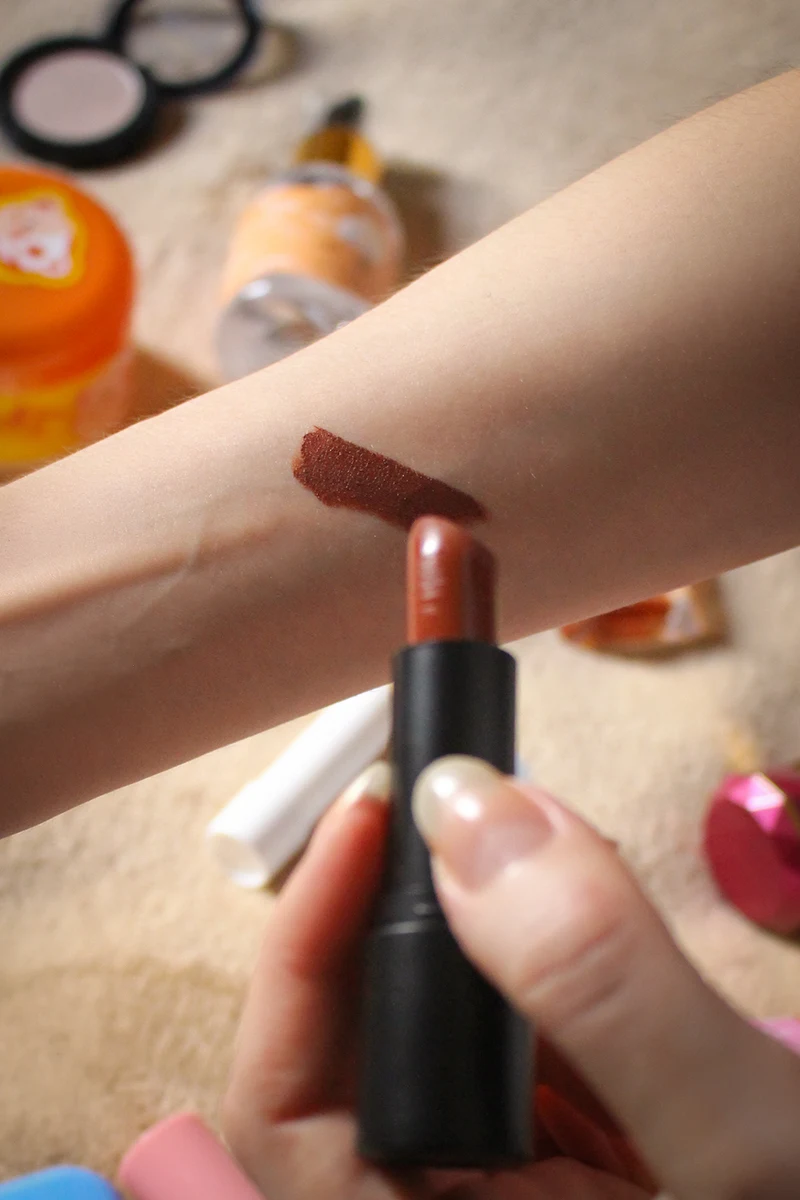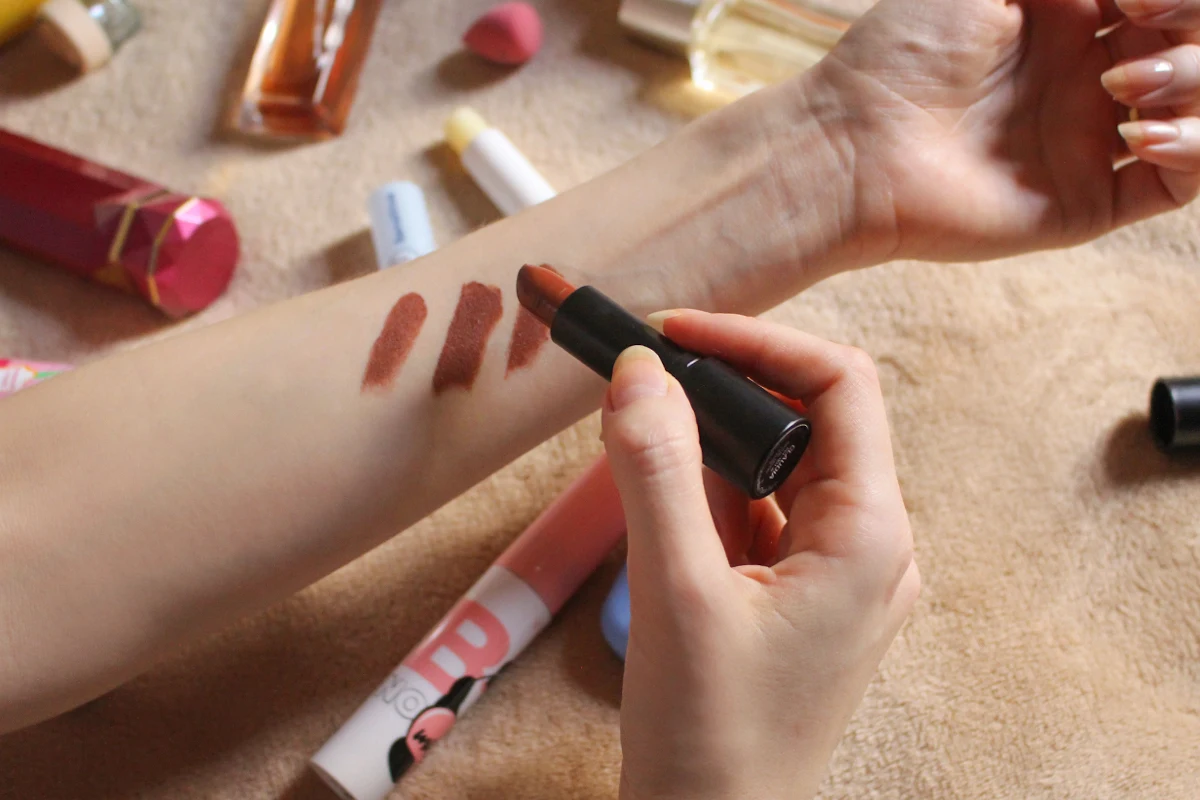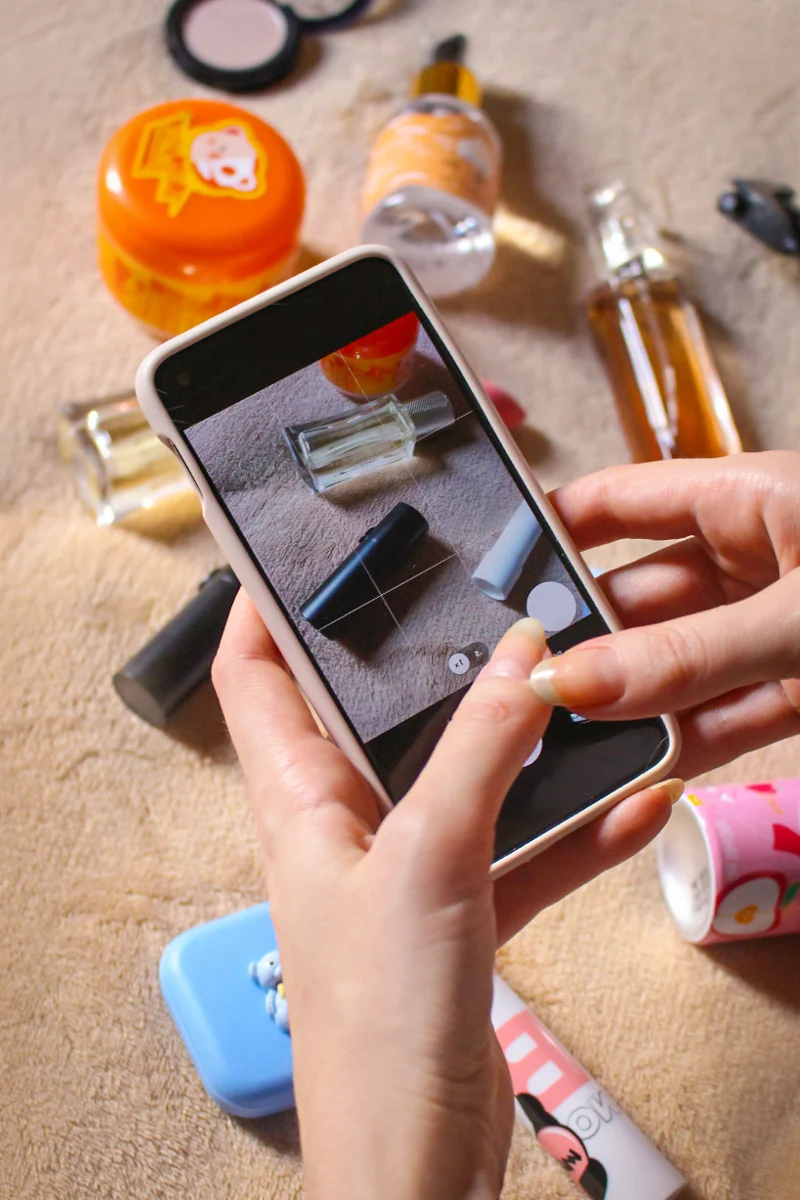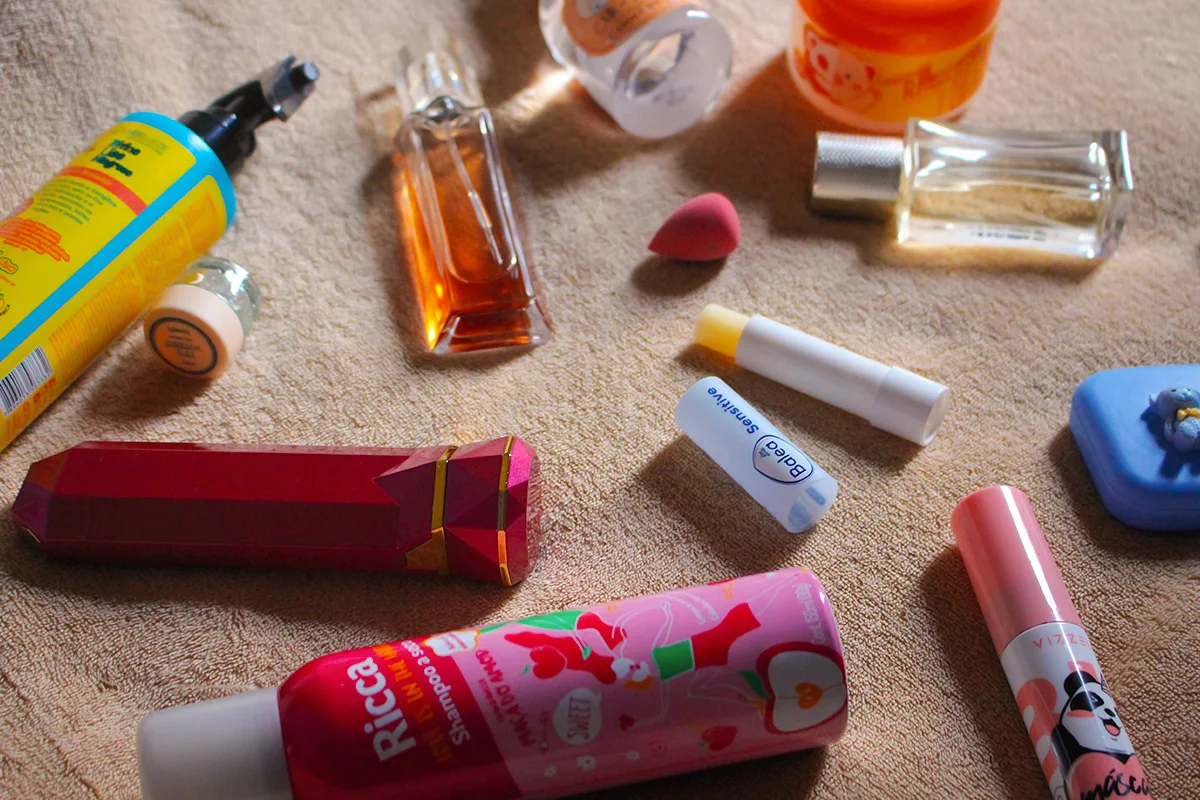After a decade of constant blogging, swatching, blending, snapping, and judging, I can finally come to a conscious conclusion – every beauty product' review is important. While flipping through endless reviews isn't everyone's cup of tea, many makeup and skincare enthusiasts, myself included, thrive on researching their purchases. We love diving deep into swatches and before-and-after comparisons to make informed decisions.
So, if you're curious about the process behind crafting a detailed makeup or skincare review, then welcome! Today, I'm pulling back the curtain to share my secrets for writing reviews that truly empower you to choose the perfect product.
What is a Product Review?
Anyone, who reads through this blog post has checked out online reviews on products and services at least once in their life. It can be a one-sentence feedback on Amazon, angry commentary under someone's YouTube video, or a 3000+-word article on IMDB: all of these are classic examples of reviews.
- Quality Product Review: What to Look For?
To get the real scoop on a beauty product, look for the tiny little details! A well-written review will mention the reviewer's skin type, skin concern, recurring issues, age, and even lifestyle background! You can take note and see if these align with yours.
A thorough review should discuss the product's texture, scent, and application process. Most importantly, pay close attention to the reviewer's experience after consistent use. Most skin and hair care products promise mountains of gold in the ads. Did the product deliver on its claims? Were there any unexpected downsides? By seeking out these details, you can ease a complex job as a beauty shopper, avoid products that might not be a perfect match for you, and save money!
How I Write Makeup/Skincare Product Reviews on My Blog
If 12 years of weekly blogging taught me anything, it's that I really enjoy reviewing and taking pictures of makeup and skincare products I use! I love testing, discovering, reading, and, most importantly, seeing the results on my skin. But, where detailed beauty review begin? What are the most important things to mention, and what can be skipped? Here are a few steps I take, to write an effective beauty review on my blog:
- 1. I start by taking pictures of the products...
I kick things off by snapping high-quality photos of the products in natural light. The reason why I like to start with this step is very simple – it is best to take pictures while products are still clean and unused. This gives readers a clear view of the packaging, shades, and textures.
Skin and hair product swatches apply to the back of my and or the wrist, while makeup is best to be swatched on the face/neck areas. I also like showing, swatched, smudged, and blended textures. This gives readers a better idea of how products might look and act on their skin.
Before and after shots are a big deal in the product reviewing process! Especially, if these snaps show your personal results over time. I love checking out the good-quality before/after photos that show how makeup products transform the skin, or how skincare products revive dry skin, gifting that incredible glow. Of course, the before/after snaps are best to be done under the same kind of light, on the same area of your skin.
Picture editing is allowed, but make sure not to overpower those swatches and results. Don't change makeup colors and don't smooth the texture. Best yet to film a short video for your blog or social media, where you can show the products from different angles and lighting.
- 2. Write a few words about the brand...
The pictures are ready, the opening part of the review, where I share the reasons for purchase, tell a bit about my skin concerns, and share my expectations, is also ready. Next, I like to add a few words about the brand itself. The beauty market is such a wide place with so many various products! From vintage and popular drugstore brands to indie and handmade products – all of them deserve an introduction Sharing the brand's background also helps readers understand the product's philosophy.
Additionally, a few words about the product would be great. What was promised in the ad? How long is it on the market? Does it have any controversial background?
- 3. Share my thoughts on the product's packaging...
Time to talk aesthetics and convenience! I discuss the packaging's design, functionality, and sturdiness. Is it travel-friendly? Does it feel luxurious or flimsy? What are the additional tools/applicators in the pack? Every little detail matters for readers, who need help making their choice.
- 4. Describe the product's texture, color, scent...
Now, I can finally dive into the product itself. I describe the texture (creamy, thick, watery, etc.), the range of colors available (if applicable), and any scents present. If the skincare or makeup product surprised me with the innovative and original formula, I also mention it here. For example, Elizavecca Clay Mask bubbles up on the skin a few minutes after the application! It is a cool, original aspect, worth mentioning in my review.
- 5. Learning and sharing information about the product's ingredients...
Understanding what's inside makeup and skincare products is my favorite part of the review. I research the key ingredients and explain their benefits for the skin, highlighting any potential allergens for those with sensitive skin. Where possible, I link academic sources and research, backing the brand's claims. Of course, it is impossible to cover every single ingredient and feature of the product, but the active, key ingredients must be explained.
- 6. Giving my thoughts over time...
First impressions are great, maybe the most vital for any of us. But blogger's reviews shouldn't just focus on first impressions. After using the product for a designated timeframe, I share my honest thoughts on its performance. Did it live up to the claims? How did my skin or makeup wear throughout the day?
With makeup products, it is important to let the reader know how it lasts on the skin, how pigmentation keeps up, and how the product creases, and changes over time. If the product causes any skin itchiness, irritations, rash, or allergic reaction, let the reader know your concerns.
*Product comparison as a reviewing technique:
Where and if it is possible, I really love comparing a few or more products in my reviews. Older or newer versions, colors, and dupes can be very helpful for a reader, who tries to choose makeup or skincare products.
- 7. To recommend or not?
And, finally, the long-awaited moment! Based on my overall experience, I offer a clear recommendation. Would I repurchase? Is the price reasonable? This is where I help readers make informed decisions without insisting on my rightness. I'm only a human, I can make mistakes or change my mind in the future.
Ideally, it is best to follow up on your product reviews, sharing your updated opinion and before/after results after a substantial beauty product use.
Do People Still Rely on Beauty Products Review?
While traditional marketing still holds some sway, the beauty landscape has undeniably shifted. Consumers today are savvier than ever, while marketing strategies are much more aggressive! Still, honest beauty product reviews offer a crucial chance to see how products perform on real people with varying skin tones, hair types, and concerns. This authenticity is hard to fake, making online reviews a trusted source for customers' guidance.
Certainly, no makeup or skincare review is 100% unprejudiced and there is always room for personal preferences. But, objectively, reading through a real person's review, hearing the concerns, and seeing how beauty products look on real skin is very helpful. I largely rely on customers, bloggers, and experts' reviews, when it comes to beauty products.
Final Thoughts...
It is time to wrap up today's guide with a few final words about product reviewing. It fascinates me to be knowing that I can be somewhat of a help, for those, who try to make a choice. Whether it is a beauty review, tool, or service, it is important to have every little piece of information, before finally picking something you need. It is especially useful for those of us, who are picky and savvy, for those who don't like to waste resources.










